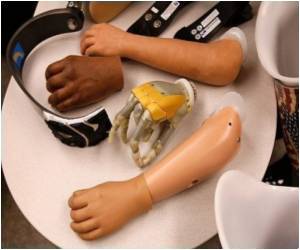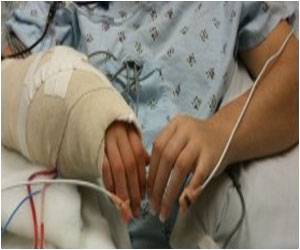The goal for robotic prostheses is to develop a bionic arm that mimics natural limb, both in its ability to perform complex motor commands and elicit sensation.

Providing some sense of touch to the artificial limb would lessen the cognitive burden of relying solely on vision to initiate and monitor movements, while also providing tremendous psychological benefits for patients. This review focuses on recent and emerging technologies to create sensory interfaces with the peripheral nerves to provide feeling to prostheses. Already a technique called sensory substitution in being used.
A promising newer technique is targeted muscle reinnervation (TMR), in which the nerves are transferred to provide sensation to intact muscles and overlying skin. Another ’next generation’ approach is the use of optogenetic technology for controlling nerve signaling using specific light wavelengths.
Researchers wrote, "The ultimate goal is to develop a prosthesis that closely mimics the natural limb, both in its ability to perform complex motor commands and to elicit conscious sensation."
The study appears in Plastic and Reconstructive Surgery.
Source-Medindia









